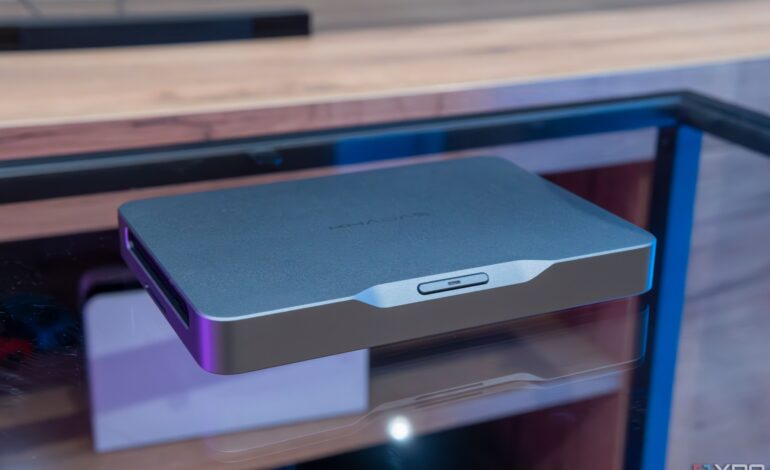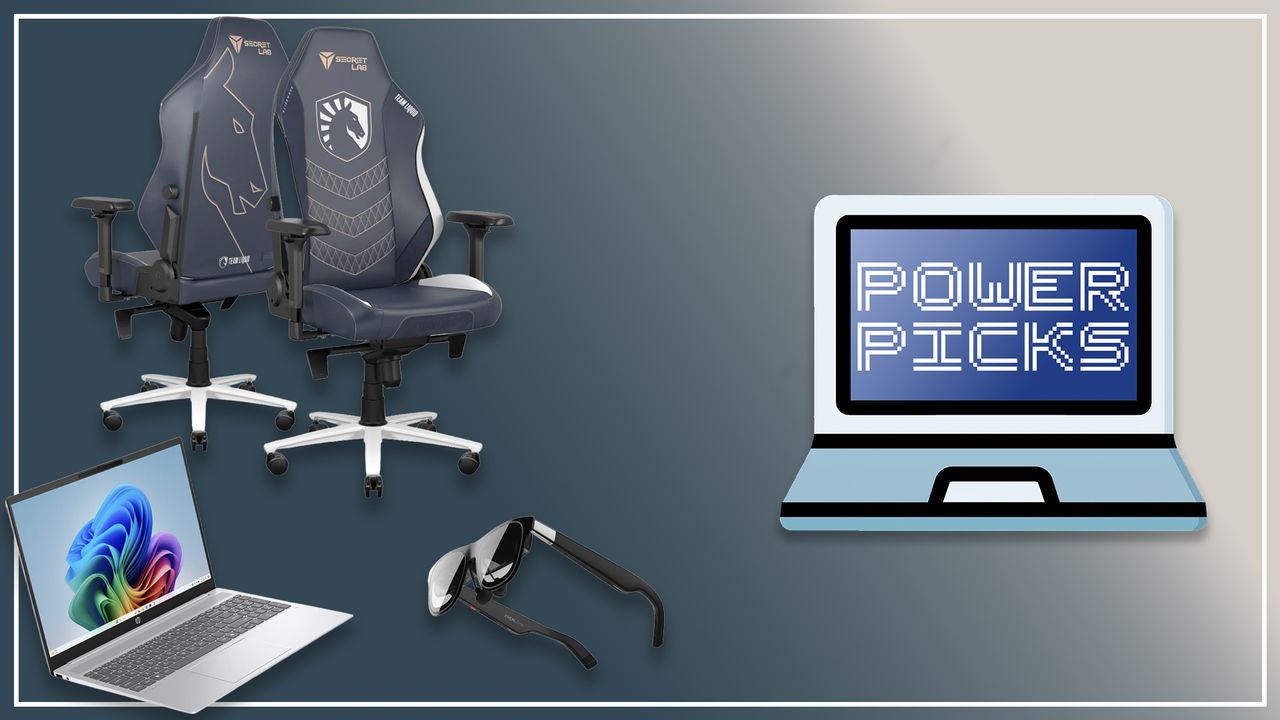Discover Why Mini PCs Are Ideal for Software Testing

Mini PCs are increasingly recognized as ideal devices for software testing, providing a versatile and cost-effective solution for developers and tech enthusiasts alike. With a compact design and affordable price points, these machines offer a unique blend of performance and convenience that larger systems simply cannot match.
Flexibility and Space Efficiency
One of the standout features of mini PCs is their compact size, which allows users to set them up virtually anywhere in the home. Unlike traditional laptops, which can be cumbersome and require specific environments, mini PCs can easily connect to existing monitors, televisions, or portable displays. This flexibility makes them suitable for a variety of tasks, whether it’s running background services or testing software on a larger screen.
Mini PCs also typically offer a greater number of ports compared to laptops, making it easier to connect peripherals without the need for a docking station. This aspect is particularly beneficial for those who rely on multiple devices while testing software. Additionally, mini PCs often include Ethernet ports, providing reliable wired internet access—a feature not always found in laptops without a significant price increase.
Cost-Effectiveness and Performance
Affordability is another compelling reason to consider mini PCs for software experimentation. A basic model can be acquired for around $200, while more advanced options, like the Geekom A6 Mini, featuring an AMD Ryzen 7, 32GB of RAM, and a 1TB SSD, can be purchased for approximately $449. This pricing model makes mini PCs an accessible choice for users looking to explore new software without breaking the bank.
The lower cost of mini PCs also means they can serve as dedicated devices for testing purposes, allowing users to take more risks with their software experiments. For example, placing a mini PC in a network’s DMZ can facilitate easier internet communication without compromising the security of primary systems.
Ease of Repair and Upgradability
When it comes to maintenance, mini PCs generally outperform laptops. Many laptops are designed with complex interiors that can make repairs daunting, often requiring specialized tools and a significant time investment. In contrast, mini PCs usually feature straightforward designs, allowing users to access components with minimal effort. Most models support easy upgrades, enabling users to replace RAM and storage, which is not always possible with laptops due to soldered components.
This capability not only extends the lifespan of the device but also provides users with the option to switch out drives containing different operating systems. While larger desktop computers offer even greater upgradability, their size and cost may deter users seeking a more compact solution.
Energy Efficiency and Practical Use Cases
Another advantage of mini PCs is their energy efficiency. Typically powered by processors designed for laptops, mini PCs consume significantly less energy than standard desktop PCs—often less than 45W compared to the 65W average of desktop processors. This lower power consumption can lead to substantial savings over time, especially for users who run their machines frequently.
Mini PCs are capable of handling various tasks, including retro gaming or functioning as a home server, without the need for high-end hardware. Their efficient design makes them perfect for software testing, whether for self-hosted services, specific applications, or entire operating systems.
In summary, mini PCs emerge as a compelling option for anyone engaged in software testing. Their low cost, flexibility, ease of repair, and energy efficiency make them a practical choice for developers and hobbyists alike. As technology advances, the benefits of using mini PCs for software experiments are likely to become even more pronounced, solidifying their place in the toolkit of tech professionals.






